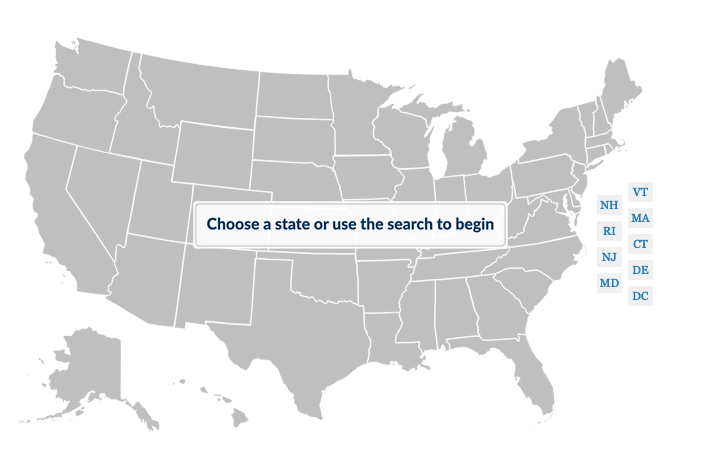Community Health Needs and the Built Environment
Micène Fontaine, July 9, 2020
If you could alleviate one health challenge in your community, which would it be? How would you choose only one?
Tough question, isn’t it? Choice architecture, a term borrowed from behavioral economics, has nothing to do with architecture, but it might help us answer this question. Choice architecture is about influencing choice by “organizing the context in which people make decisions.” A basic example is having healthy snacks on display in the breakroom or in the kitchen at home to increase the likelihood of making healthier choices.
It turns out that the context in which we make our decisions is the built environment, which means choice architecture, when embedded in the built environment, does have the power to nudge us towards making decisions that will enhance good health and wellbeing.
Great, but still, what are we solving for? That’s where community health data comes in. The data will tell you, and then you can design to reach the desired outcomes in terms of health, safety, and wellbeing. You don’t have to figure it out on your own. Organizations such as the National Neighborhood Indicators Partnership (NNIP) have made that their mission. But what if the NNIP doesn’t have a partner in your community? No worries; the data is readily available at healthdata.gov or in a much friendlier format, as is the case on the County Health Rankings and Roadmaps website where you can look up your zip code.

Bottom line is, your superpowers, as architects and designers, just got turbocharged and powered by readily available data. Going back to the question I asked you earlier, the answer is that you don’t have to guess which health challenge to take on to effect positive change toward achieving sustainable cities and communities by design. You can look at the data and work your way back to the optimal design solutions that can be implemented in the built environment to achieve the desired result.
I love it and hope you’ll consider learning more about it. In the meantime, here is to designing healthier communities and effecting change by design.




